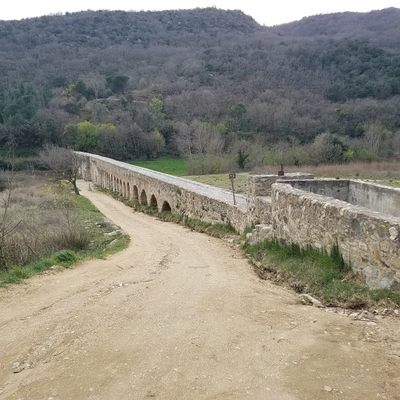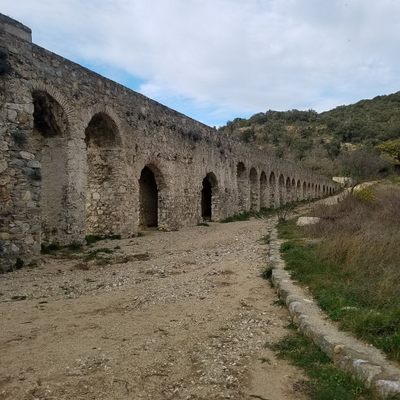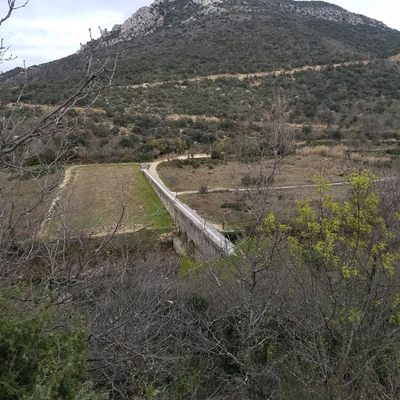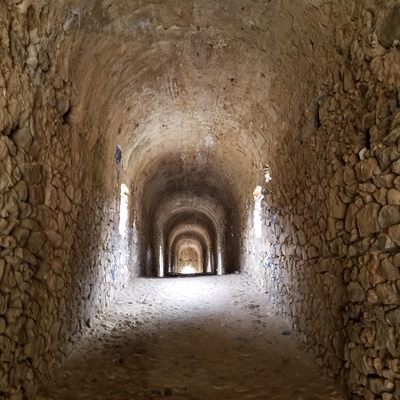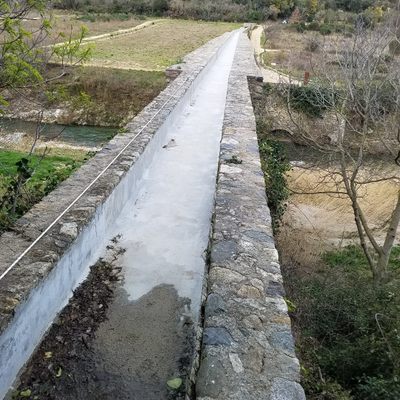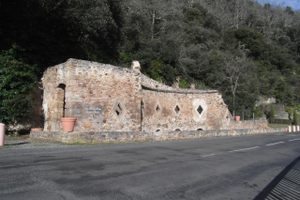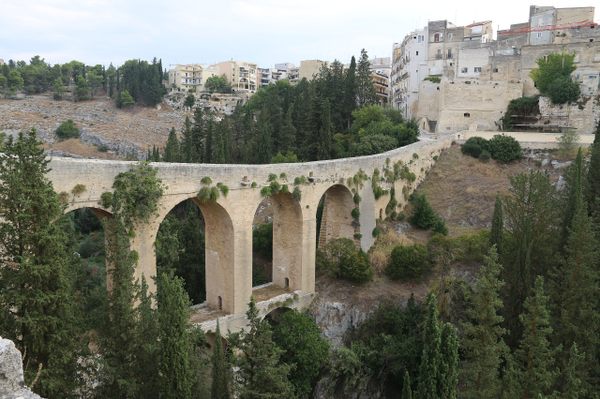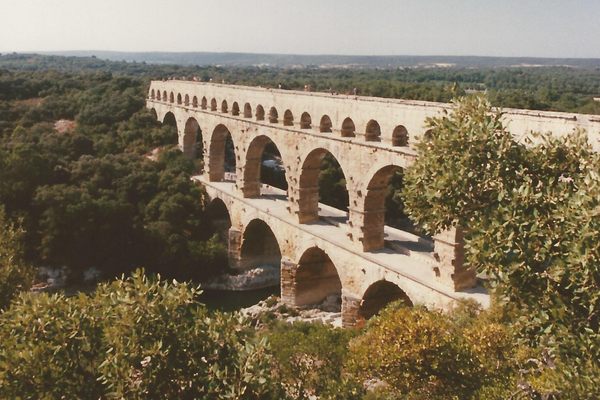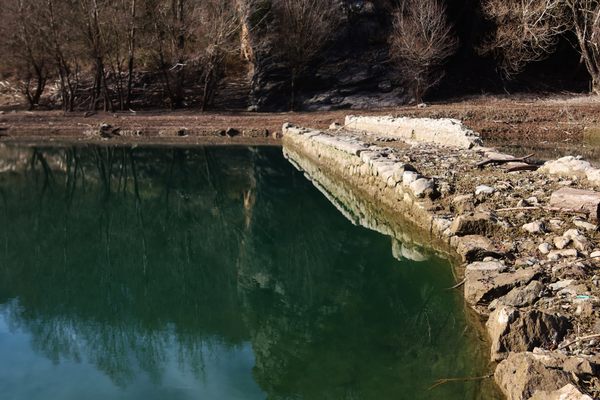About
In a small village in the Pyrenees, this centuries-old aqueduct is a physical reminder of its region's history. The Pont-Aqueduc d'Ansignan (The Aqueduct-Bridge of Ansignan) spans the Agly River, and was once used to irrigate crops. The aqueduct was an addition to an existing bridge, built by the Romans around the third century.
The aqueduct was built in the 14th century to bring water across the Agly to the north side It measures 170 meters (558 feet) in length and has 29 arches, with three spanning the river. The top is a still functioning aqueduct and the middle is a functioning footpath that crosses the Agly.
The foot path is about 3 meters (12 feet) wide and has several rises in the path that match the arches of the bridge itself. The construction of the aqueduct is stone with arches made that include Roman bricks. Both ends of the aqueduct contain working slough gates for transfer of water across the bridge.
Coming from the south, you can see an impressive view of the aqueduct from the road. If you pull off the road, you can see the dirt road that will take you to the aqueduct, where you can walk along it and inside of it to cross the Agly River. It is a beautiful site that is worth the drive into rural rugged France.
Related Tags
Know Before You Go
To reach the aqueduct from Perpignan, France, take road D117 east toward Foix and turn south onto D619 in Saint-Paul-de-Fenouillet toward the village of Ansignan. You can see the aqueduct from the road prior to entering the village of Ansignan. Continue through the village, following the signs to the Aqueduc Romain.
Published
March 24, 2020

